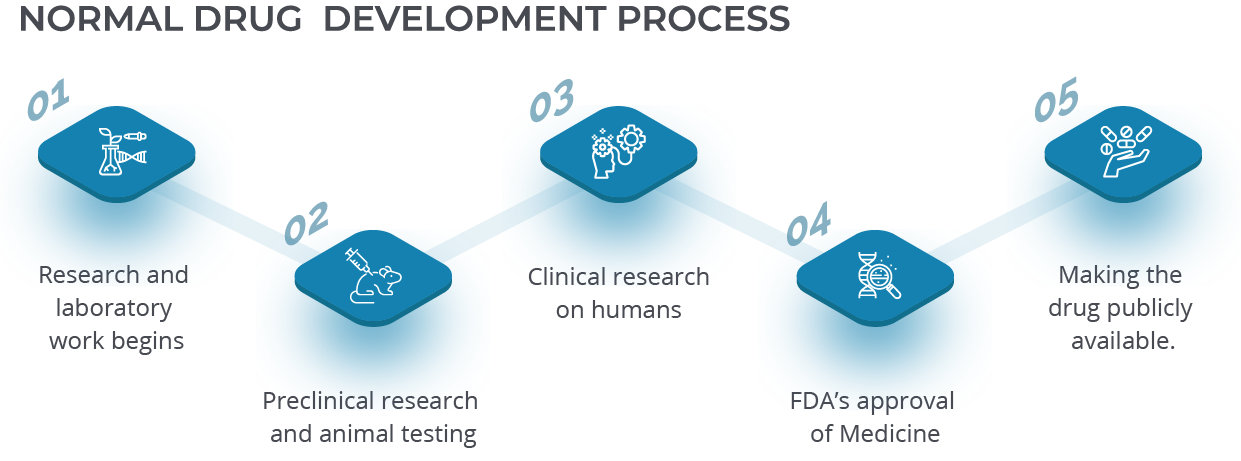5 Key Reasons Why You Need ERP Software in Distribution
Distribution management, supply chain and logistics planning can be few of the most challenging areas for any wholesale distribution company. Especially today, implementing the correct solution has become much more affordable, offering significantly improved response times, increased efficiency, and stronger customer relationships. For more information see the full article here.
Invest in a robust ERP system to streamline your distribution operations. Start your trial!




















